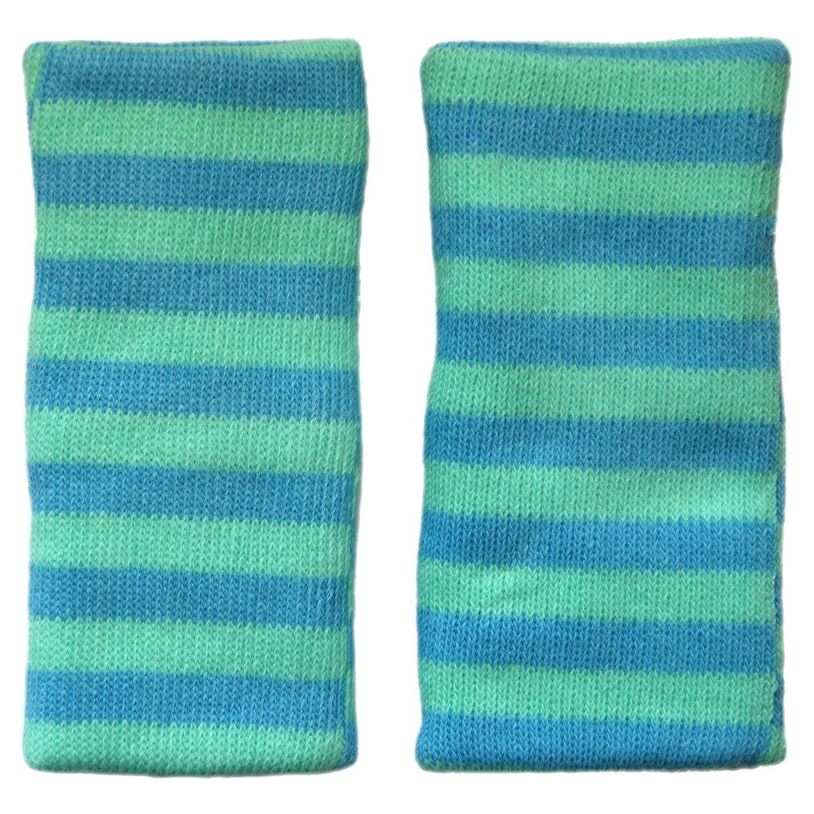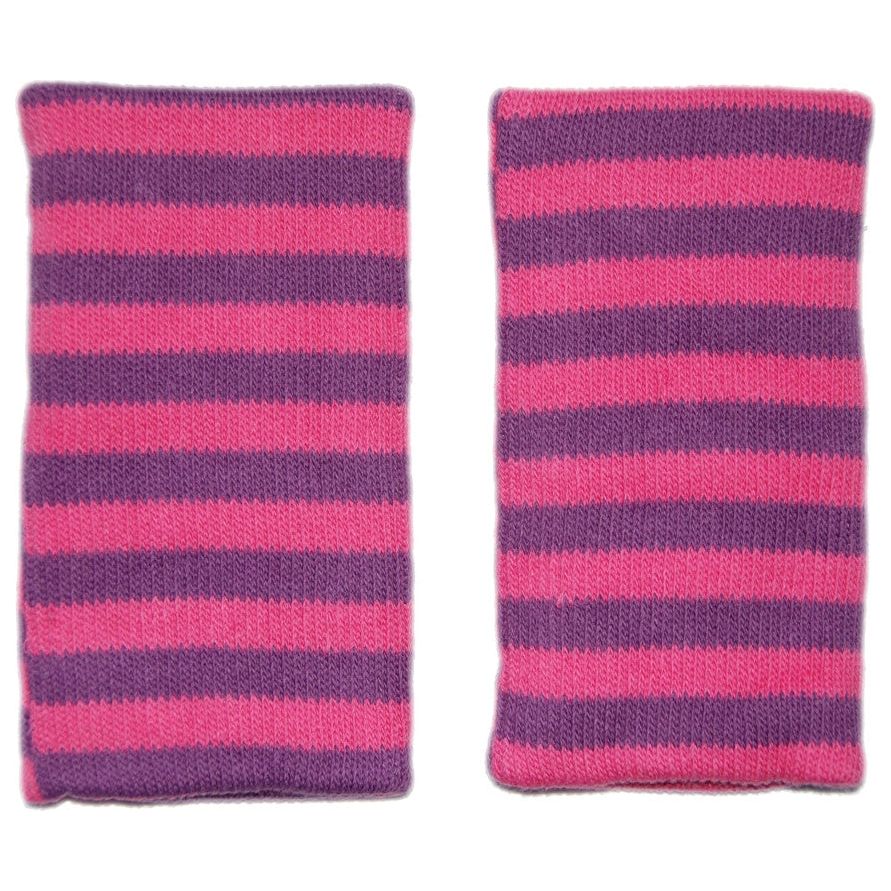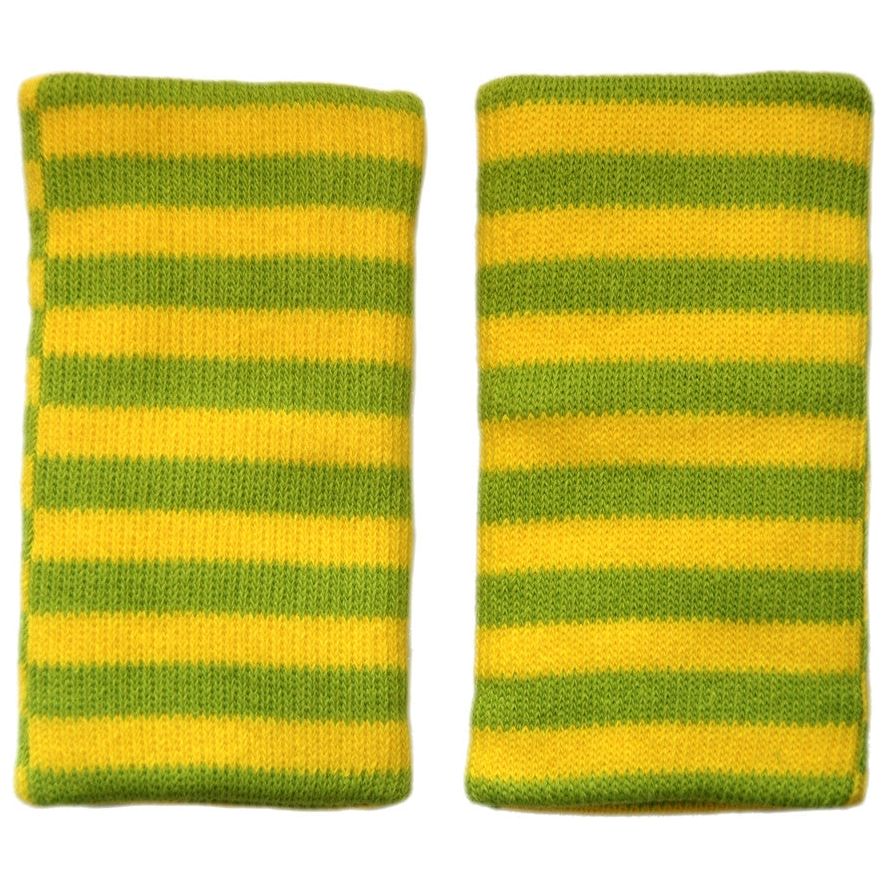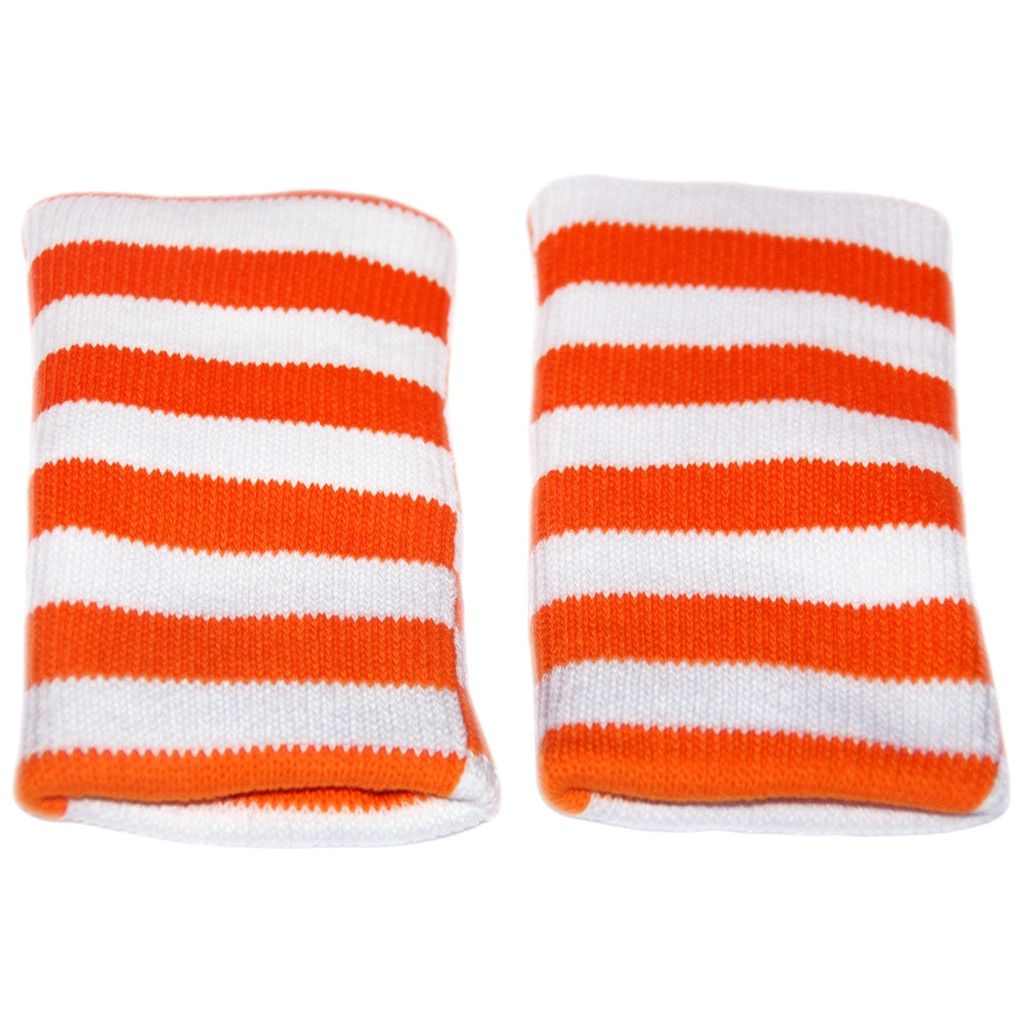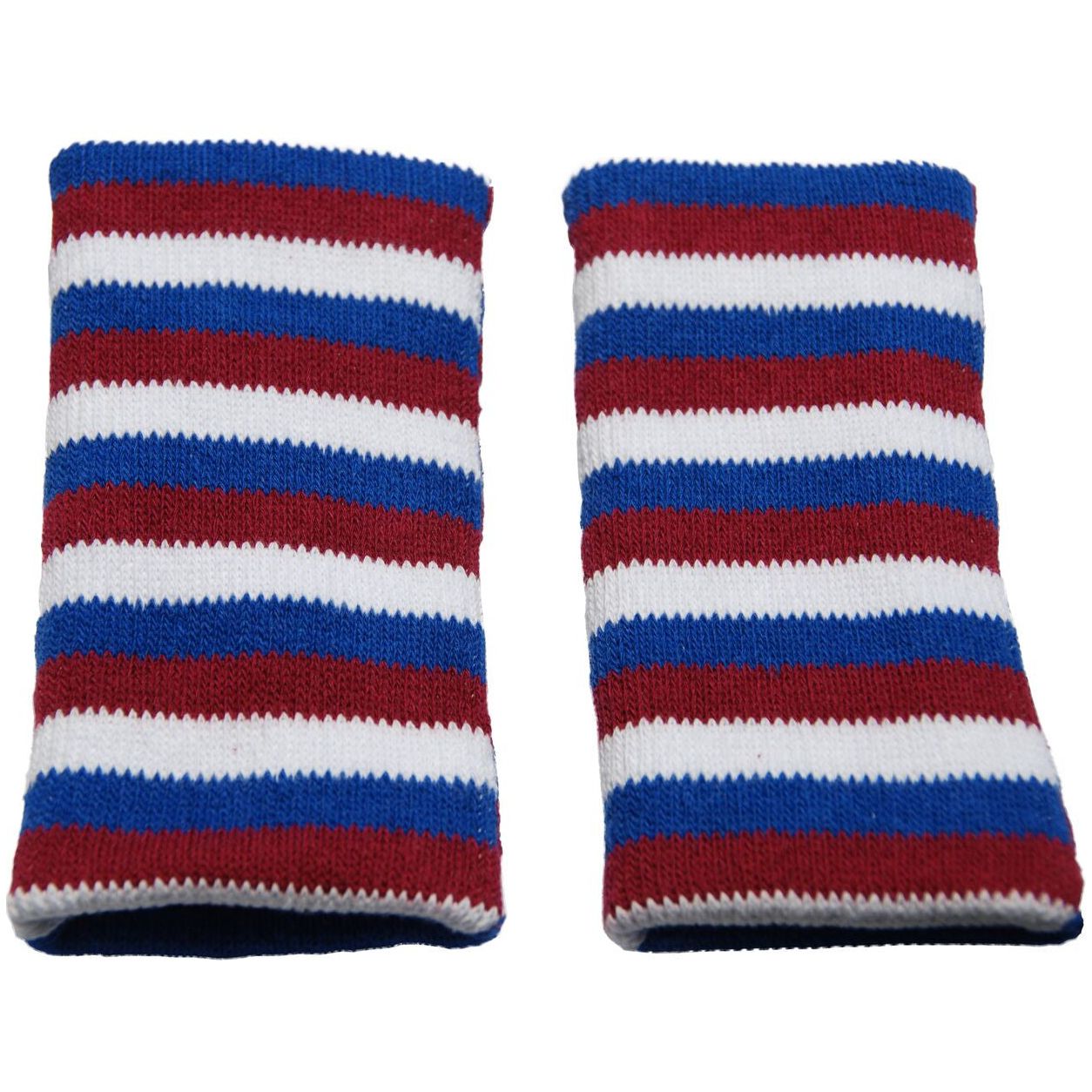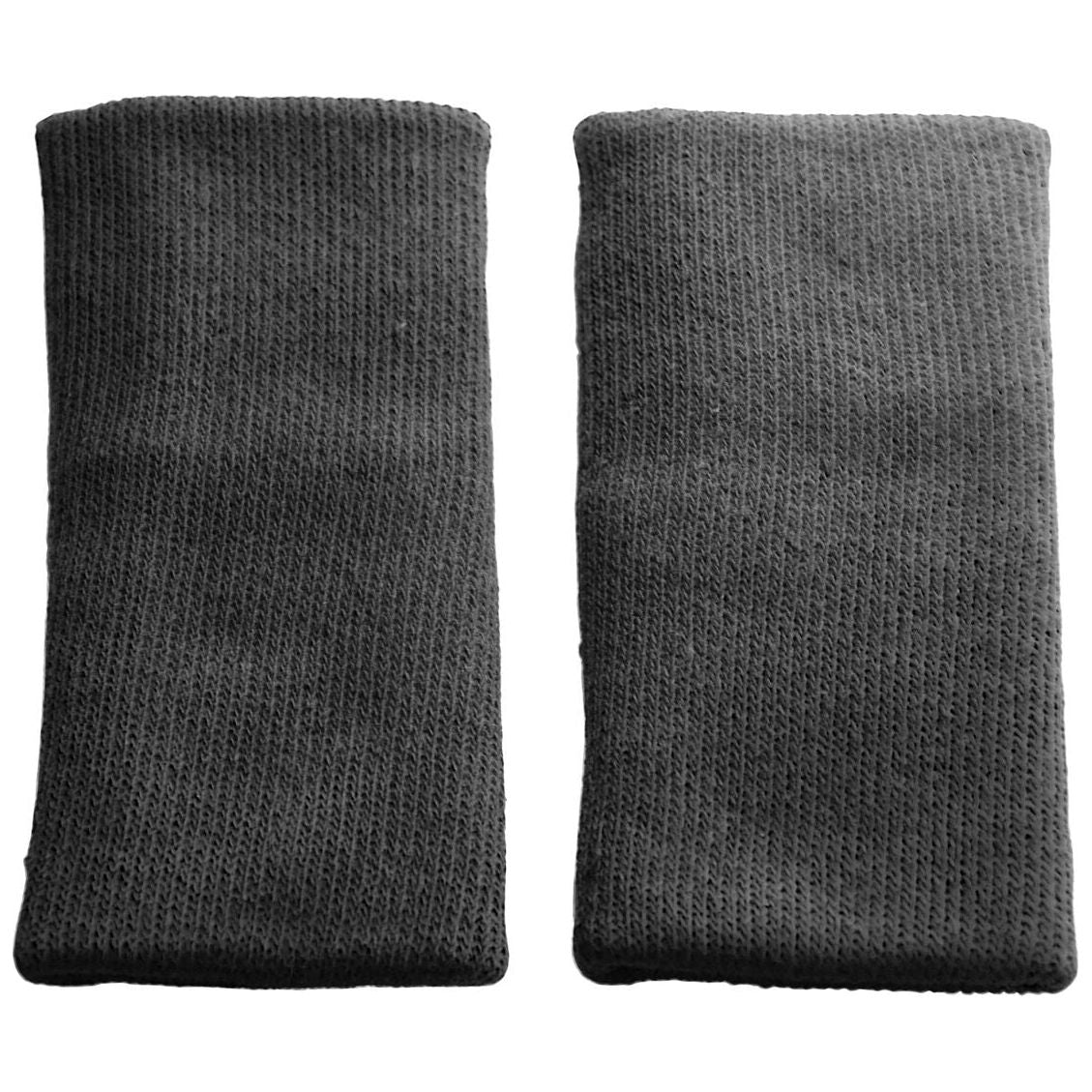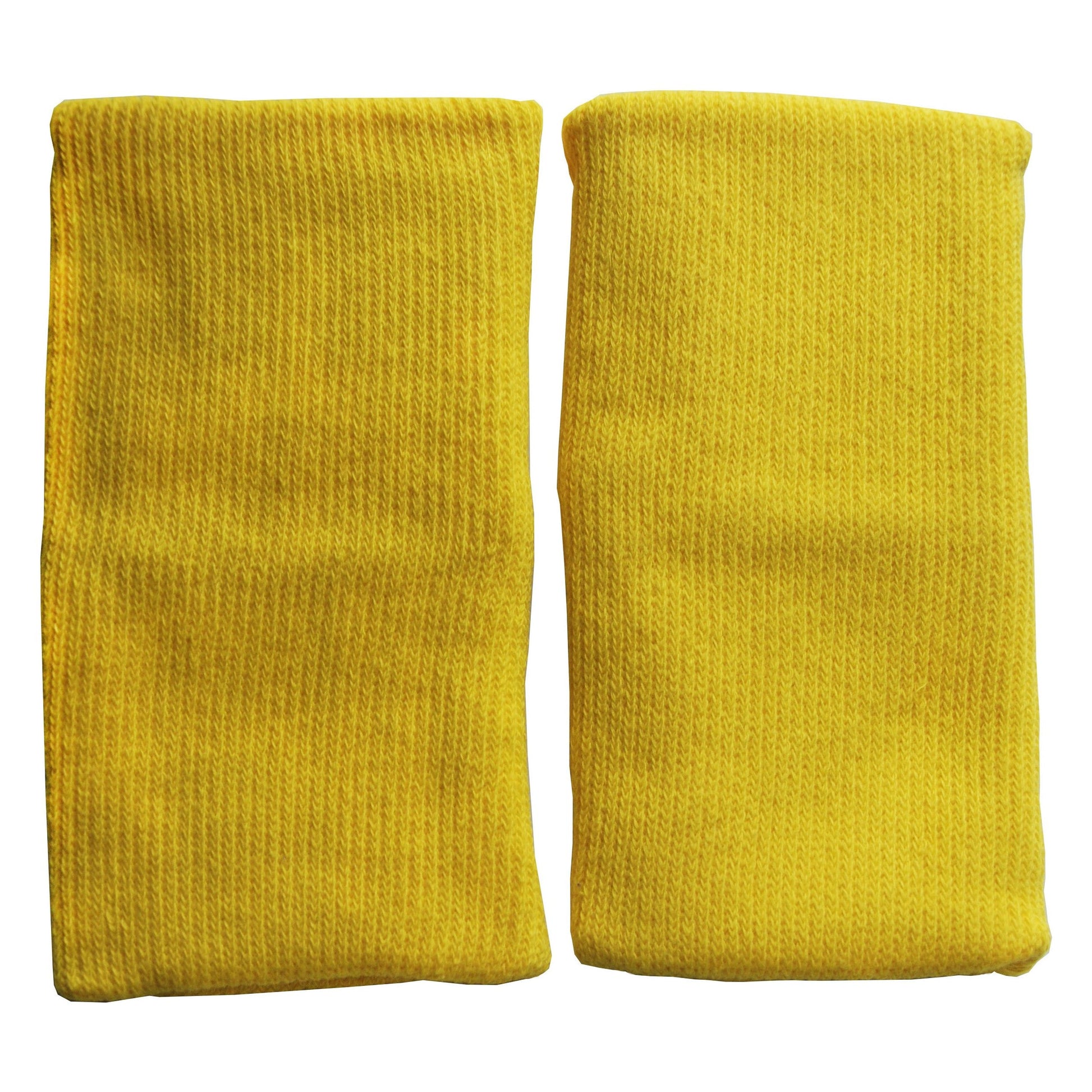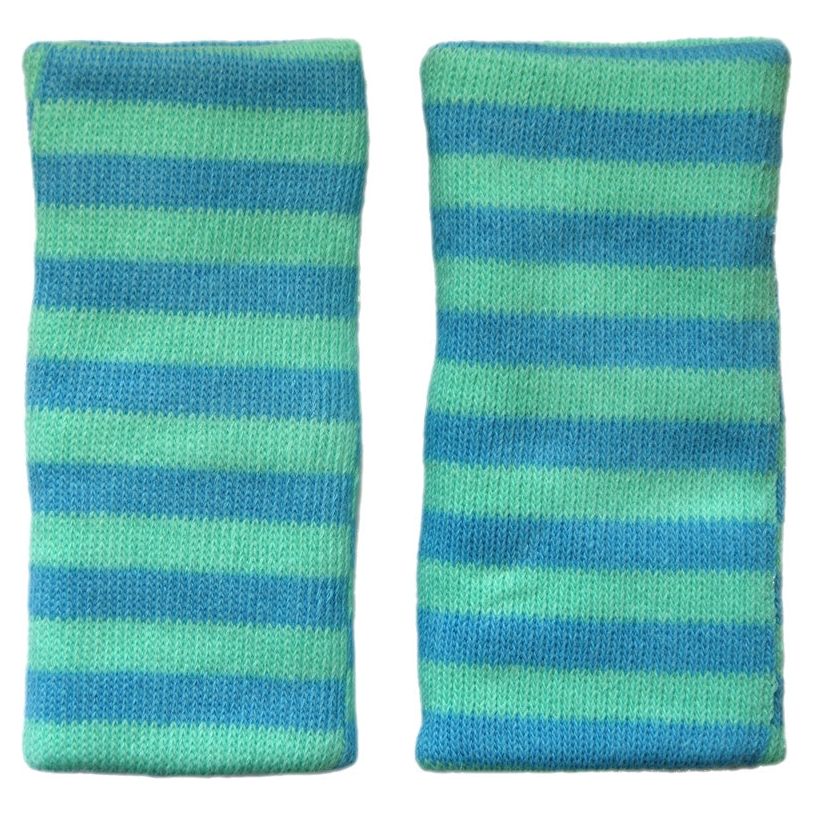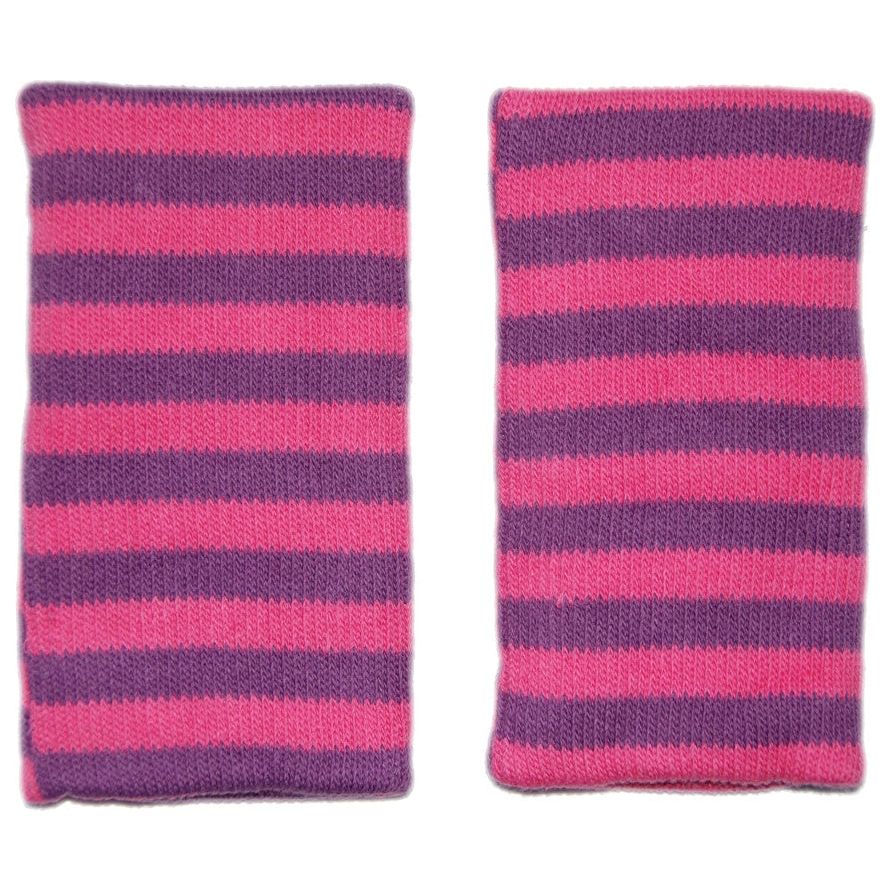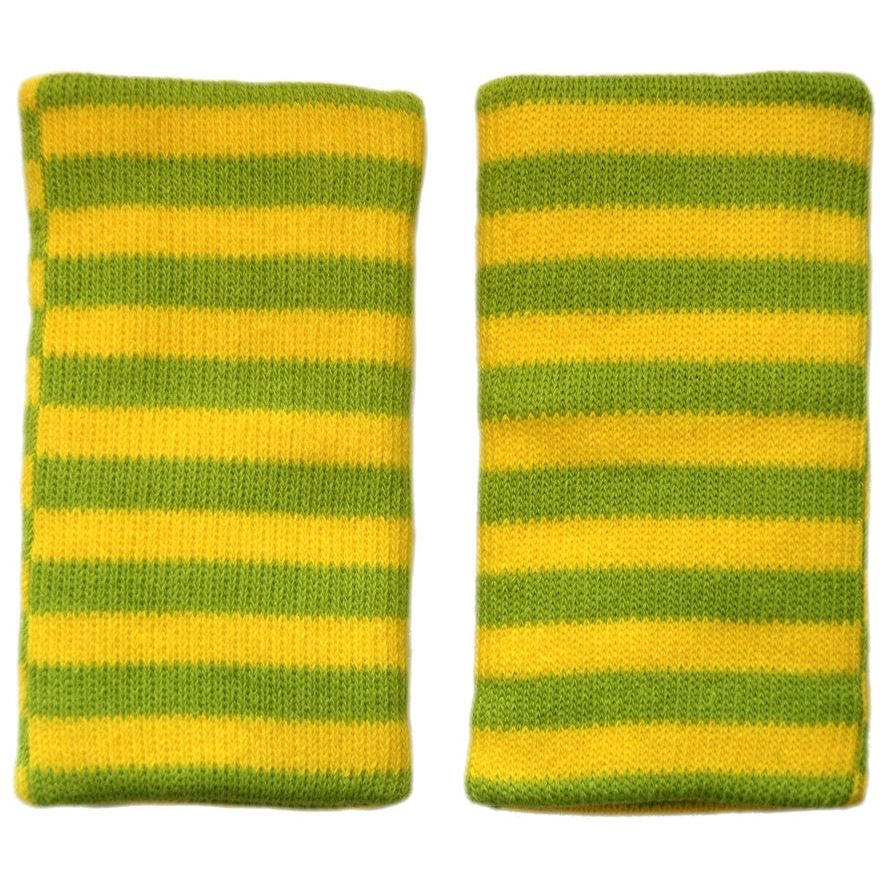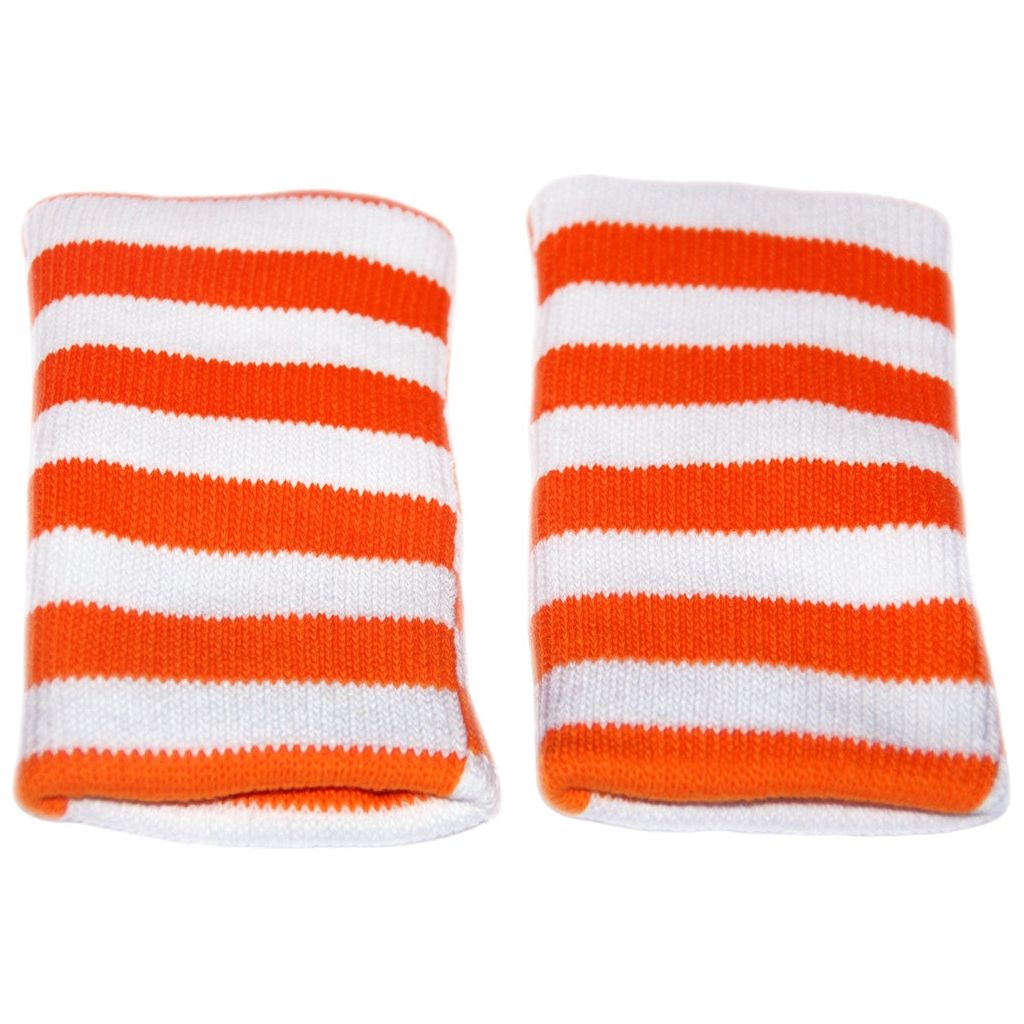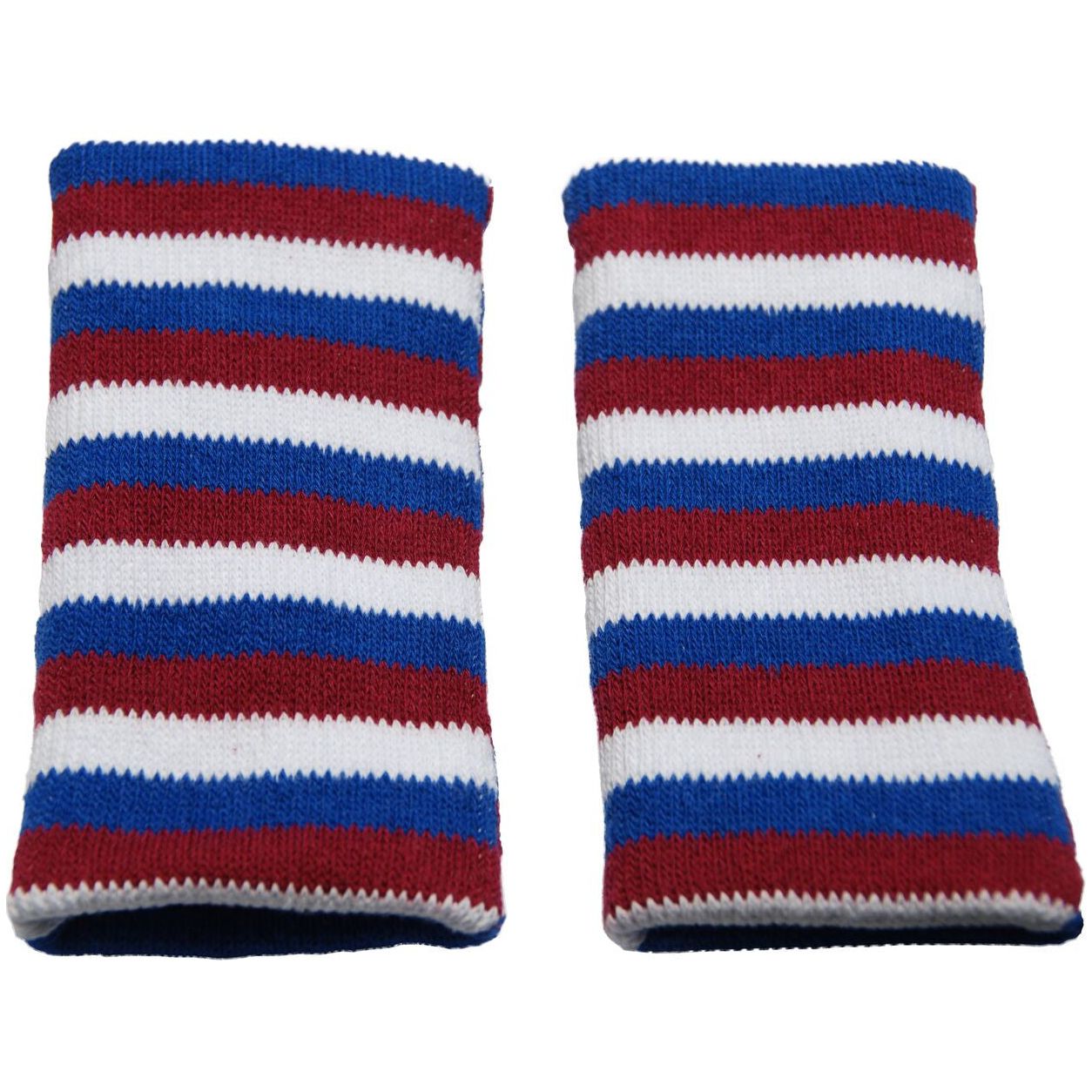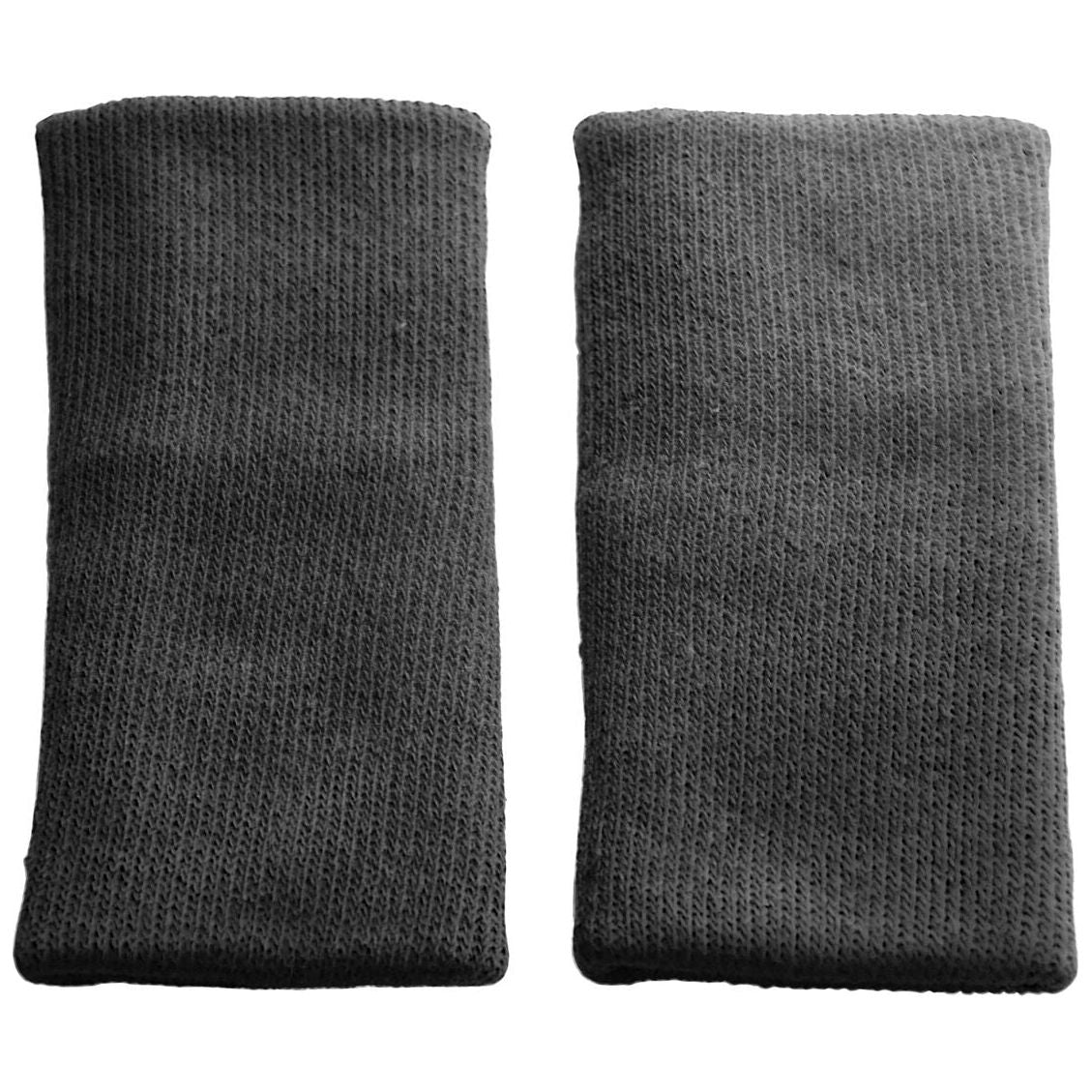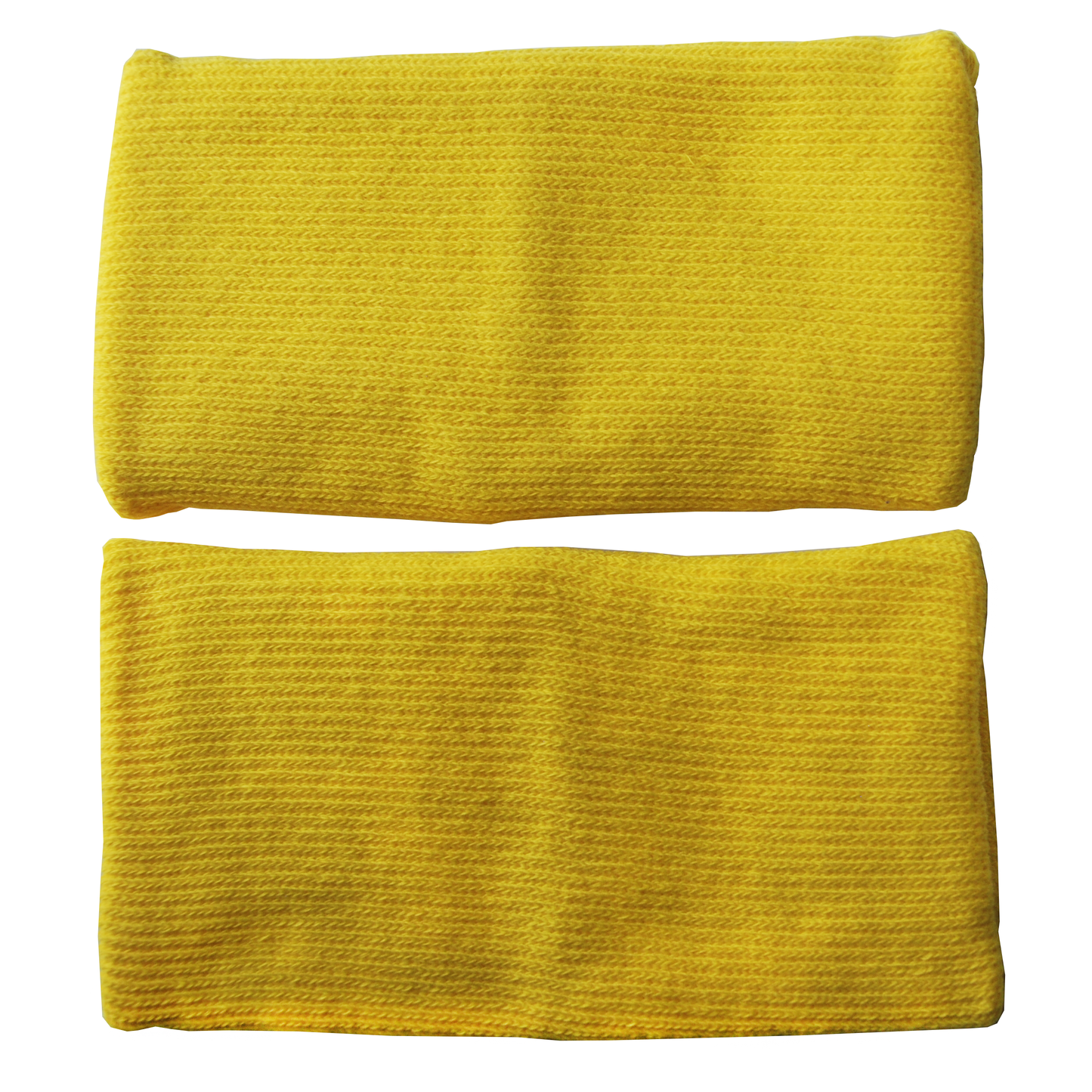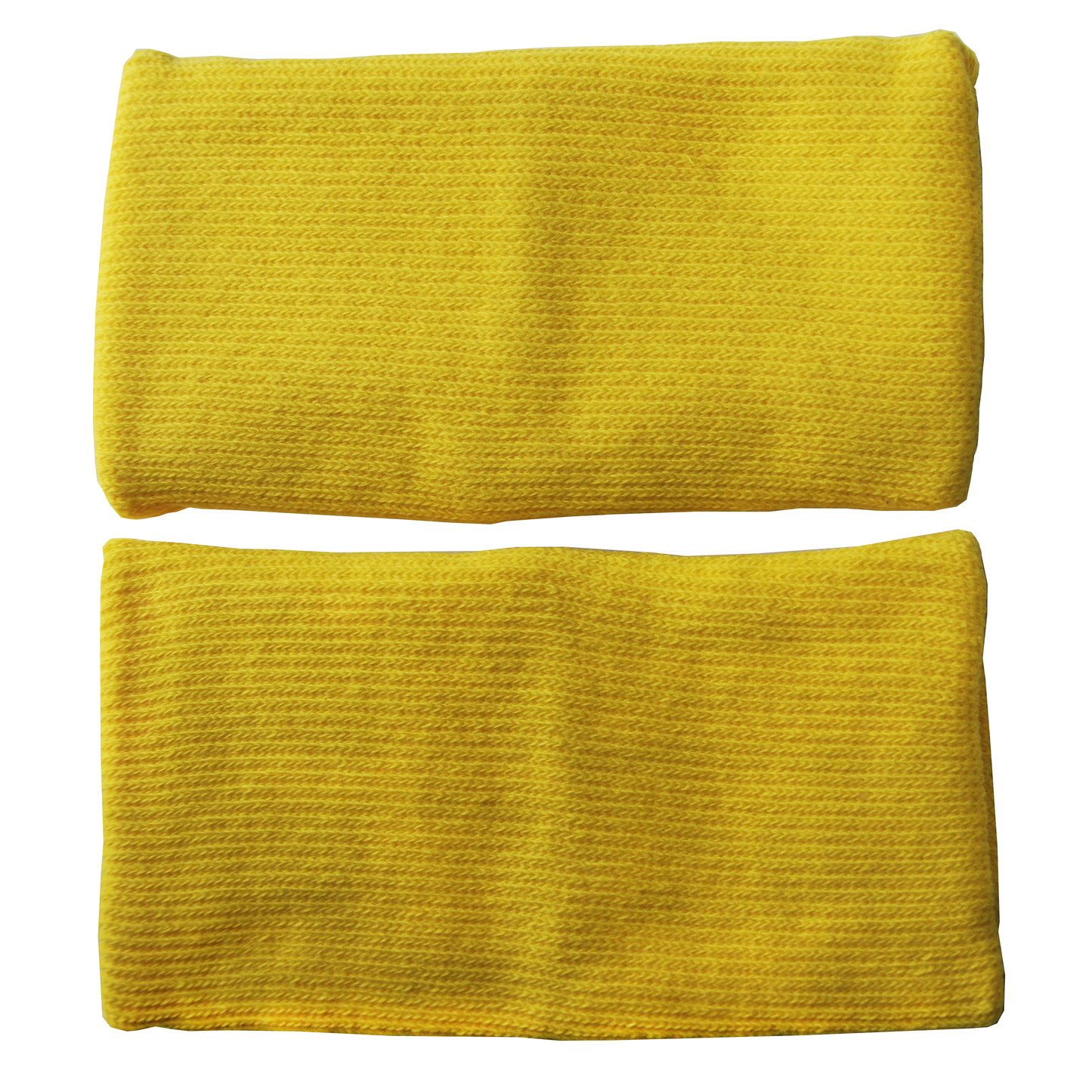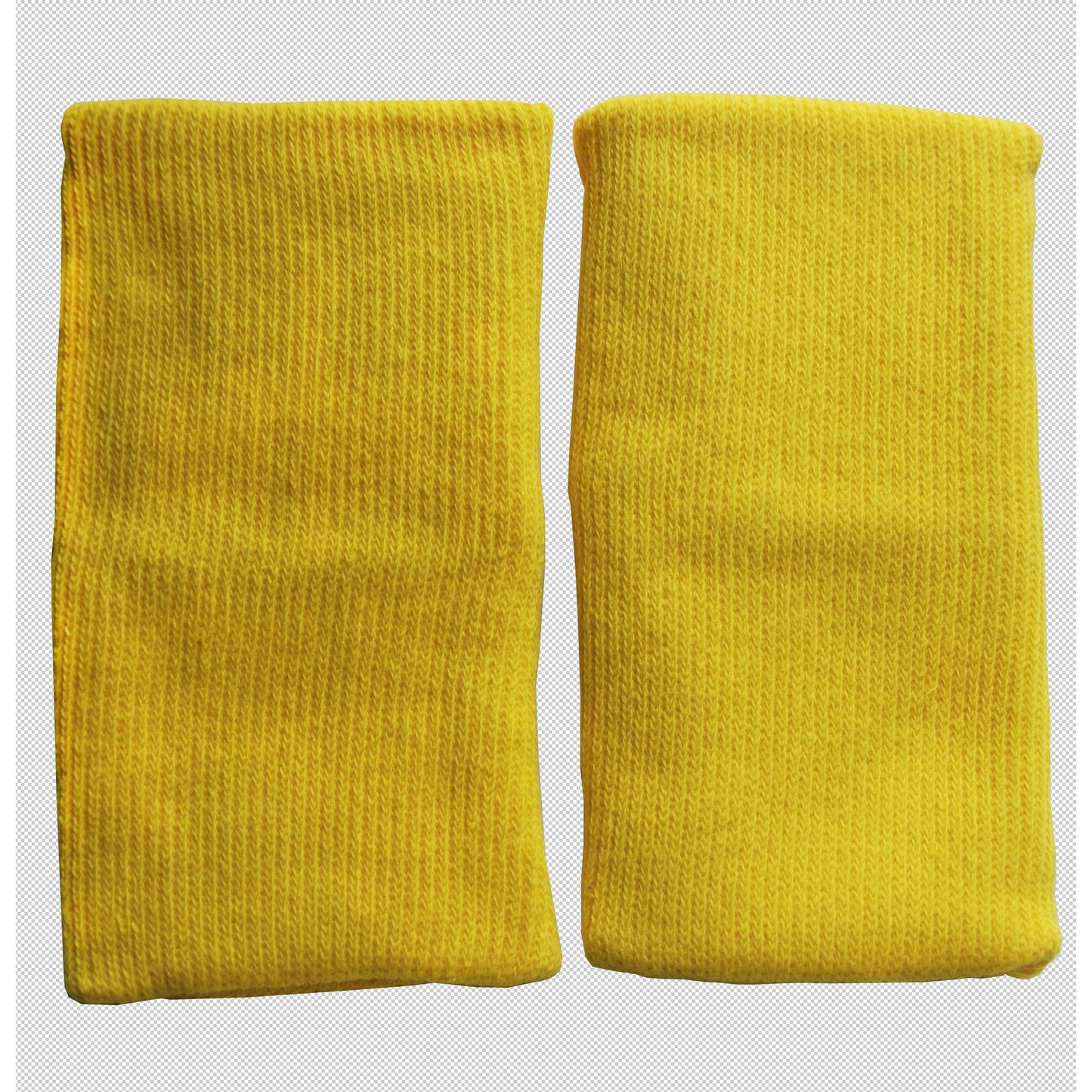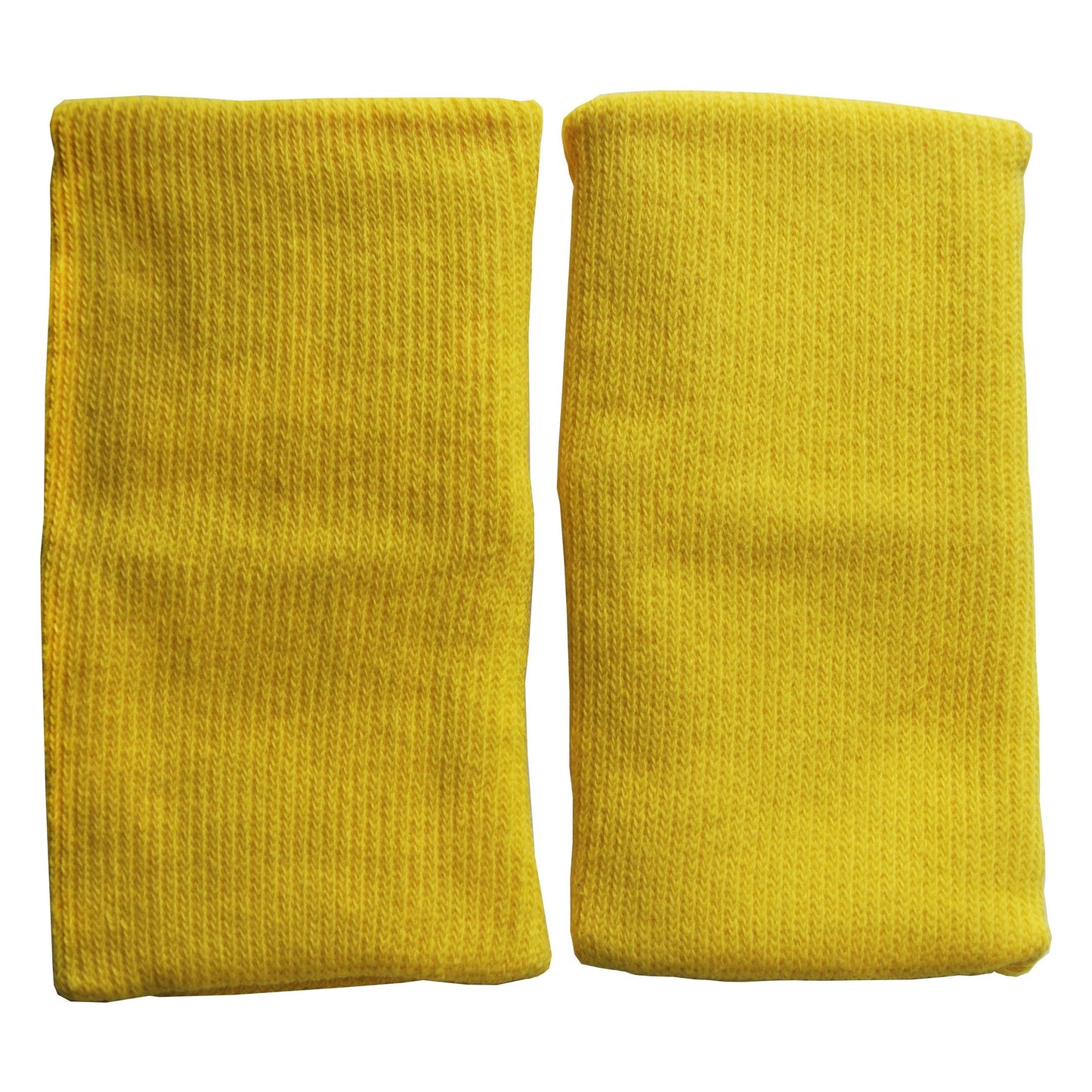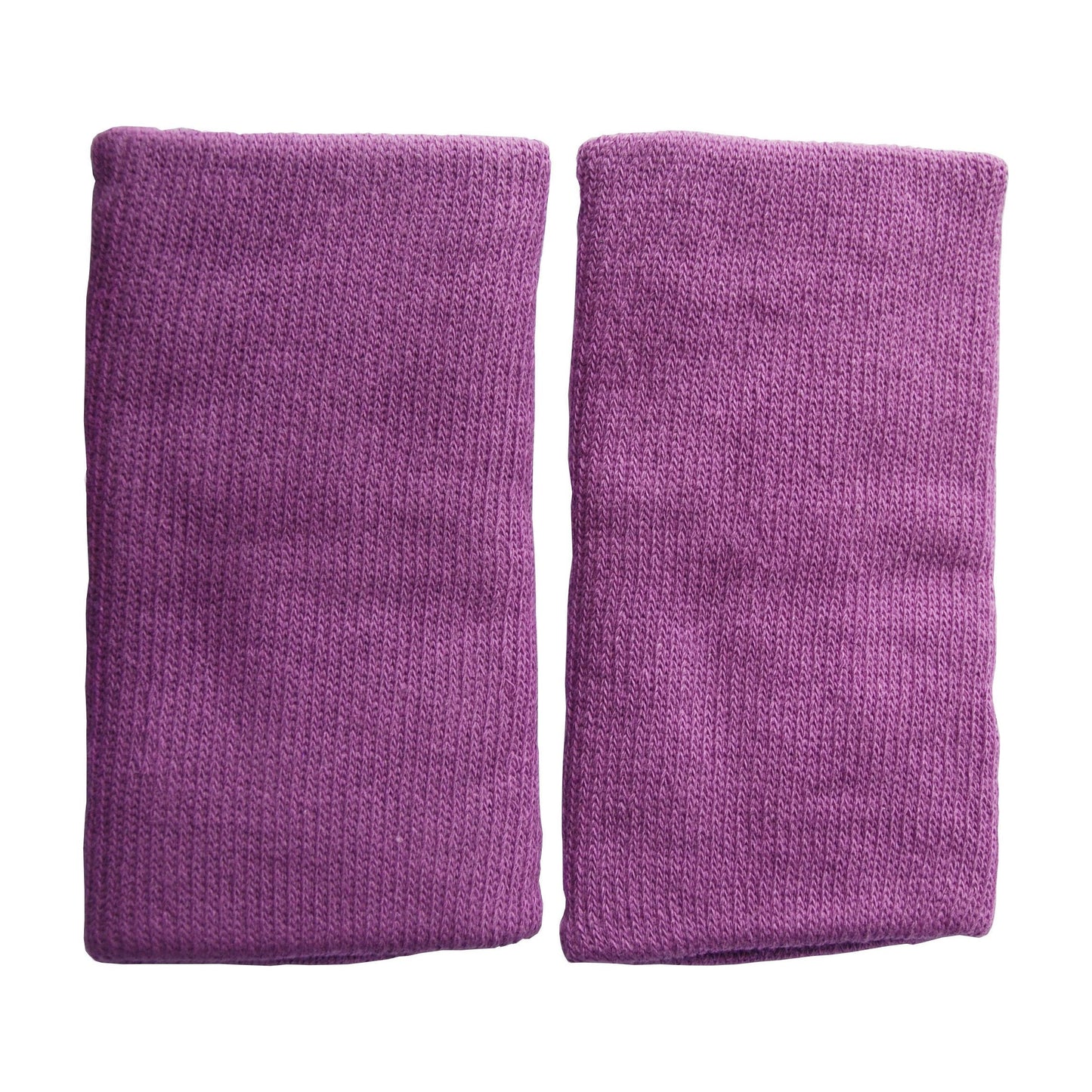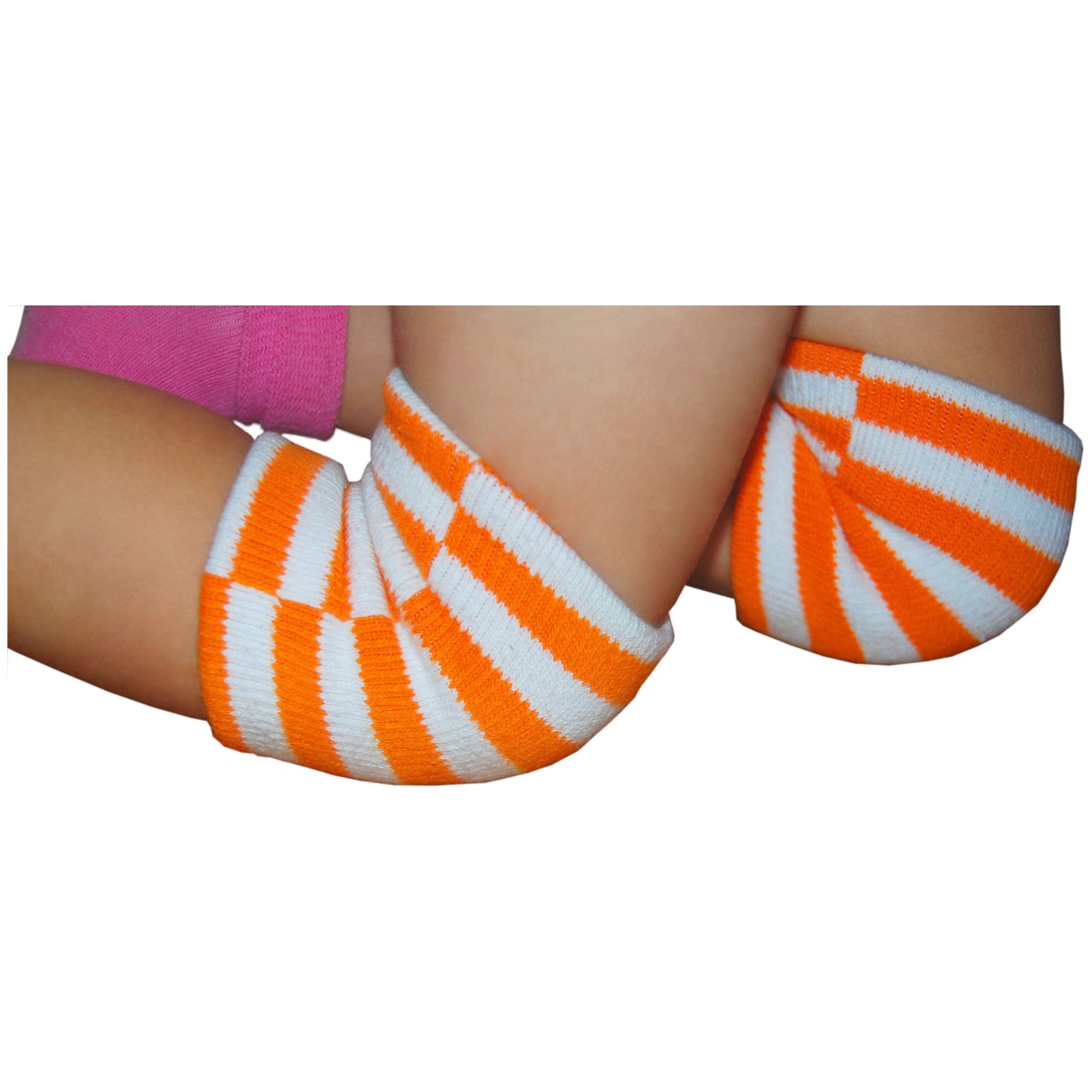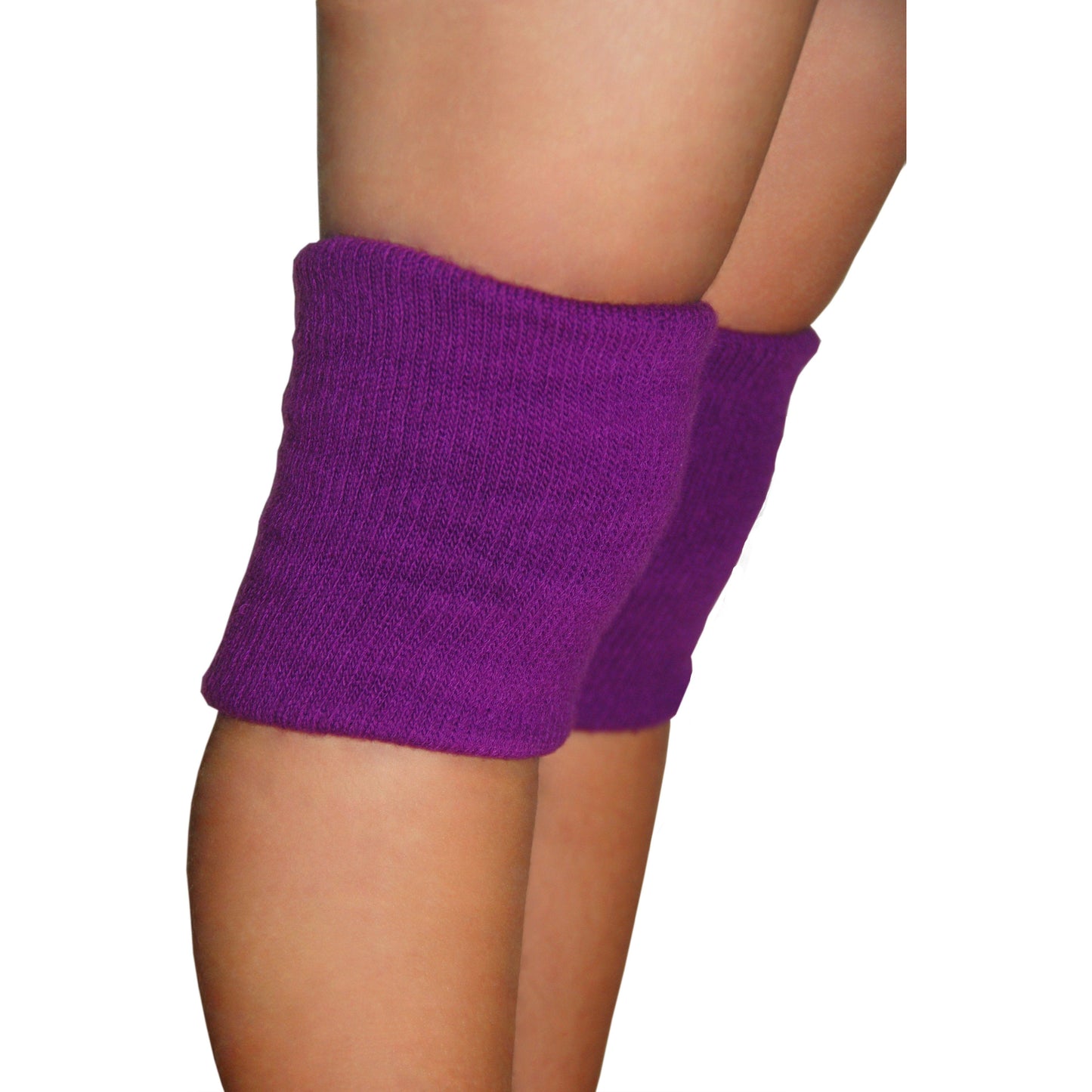This very helpful guide was taken directly from CDC website, www.cdc.gov. We found several infographics we wanted to include as well.
In addition, we wanted to share and a link to a COVID-19 Coronavirus map where you can track worldwide cases in real-time: https://www.arcgis.com/apps/opsdashboard/index.html#/bda7594740fd40299423467b48e9ecf6
Be safe and informed!

"This interim guidance is to help household members plan for community transmission of coronavirus disease 2019 (COVID-19) in the United States. The Centers for Disease Control and Prevention (CDC) encourages household members to prepare for the possibility of a COVID-19 outbreak in their community.
COVID-19 is caused by a new virus. There is much to learn about its transmissibility, severity, and other features of the disease. We want to help everyone prepare to respond to this public health threat.

Before a COVID-19 outbreak occurs in your community: Plan
A COVID-19 outbreak could last for a long time in your community. Depending on the severity of the outbreak, public health officials may recommend community actions designed to help keep people healthy, reduce exposures to COVID-19, and slow the spread of the disease. Local public health officials may make recommendations appropriate to your local situation. Creating a household plan can help protect your health and the health of those you care about in the event of an outbreak of COVID-19 in your community. You should base the details of your household plan on the needs and daily routine of your household members.

Create a household plan of action
- Talk with the people who need to be included in your plan. Meet with household members, other relatives, and friends to discuss what to do if a COVID-19 outbreak occurs in your community and what the needs of each person will be.
- Plan ways to care for those who might be at greater risk for serious complications. There is limited information about who may be at risk for severe complications from COVID-19 illness. From the data that are available for COVID-19 patients, and from data for related coronaviruses such as SARS-CoV and MERS-CoV, it is possible that older adults and persons who have underlying chronic medical conditions may be at risk for more serious complications. Early data suggest older people are more likely to have serious COVID-19 illness. If you or your household members are at increased risk for COVID-19 complications, please consult with your health care provider for more information about monitoring your health for symptoms suggestive of COVID-19. CDC will recommend actions to help keep people at high risk for complications healthy if a COVID-19 outbreak occurs in your community.
- Get to know your neighbors. Talk with your neighbors about emergency planning. If your neighborhood has a website or social media page, consider joining it to maintain access to neighbors, information, and resources.
- Identify aid organizations in your community. Create a list of local organizations that you and your household can contact in the event you need access to information, health care services, support, and resources. Consider including organizations that provide mental health or counseling services, food, and other supplies.
- Create an emergency contact list. Ensure your household has a current list of emergency contacts for family, friends, neighbors, carpool drivers, health care providers, teachers, employers, the local public health department, and other community resources.

Practice good personal health habits and plan for home-based actions
Practice everyday preventive actions now. Remind everyone in your household of the importance of practicing everyday preventive actions that can help prevent the spread of respiratory illnesses:
- Avoid close contact with people who are sick.
- Stay home when you are sick, except to get medical care.
- Cover your coughs and sneezes with a tissue.
- Clean frequently touched surfaces and objects daily (e.g., tables, countertops, light switches, doorknobs, and cabinet handles) using regular household detergent and water.
- If surfaces are dirty, they should be cleaned using a detergent and water prior to disinfection. Always follow the manufacturer’s instructions for all cleaning and disinfection products.
- Wash your hands often with soap and water for at least 20 seconds, especially after going to the bathroom; before eating; and after blowing your nose, coughing, or sneezing. If soap and water are not readily available, use a hand sanitizer that contains at least 60% alcohol. Always wash your hands with soap and water if your hands are visibly dirty.
- Choose a room in your home that can be used to separate sick household members from those who are healthy. Identify a separate bathroom for the sick person to use, if possible. Plan to clean these rooms, as needed, when someone is sick. Learn how to care for someone with COVID-19 at home.
- Be prepared if your child’s school or childcare facility is temporarily dismissed
- Learn about the emergency operations plan at your child’s school or childcare facility. During a COVID-19 outbreak in your community, local public health officials may recommend temporary school dismissals to help slow the spread of illness. School authorities also may decide to dismiss a school if too many students or staff are absent. Understand the plan for continuing education and social services (such as student meal programs) during school dismissals. If your child attends a college or university, encourage them to learn about the school’s plan for a COVID-19 outbreak.
- Plan for potential changes at your workplace
- Learn about your employer’s emergency operations plan. Discuss sick-leave policies and telework options for workers who are sick or who need to stay home to care for sick household members. Learn how businesses and employers can plan for and respond to COVID-19.\

During a COVID-19 outbreak in your community: Act
- During an outbreak in your community, protect yourself and others by:
- Staying home from work, school, and all activities when you are sick with COVID-19 symptoms, which may include fever, cough, and difficulty breathing.
- Keeping away from others who are sick.
- Limiting close contact with others as much as possible (about 6 feet).
- Put your household plan into action
- Stay informed about the local COVID-19 situation. Get up-to-date information about local COVID-19 activity from public health. Be aware of temporary school dismissals in your area, as this may affect your household’s daily routine.
- Stay home if you are sick. Stay home if you have COVID-19 symptoms. If a member of your household is sick, stay home from school and work to avoid spreading COVID-19 to others.
- If your children are in the care of others, urge caregivers to watch for COVID-19 symptoms.
- Continue practicing everyday preventive actions. Cover coughs and sneezes with a tissue and wash your hands often with soap and water for at least 20 seconds. If soap and water are not available, use a hand sanitizer that contains 60% alcohol. Clean frequently touched surfaces and objects daily using regular household detergent and water.
- Use the separate room and bathroom you prepared for sick household members (if possible). Learn how to care for someone with COVID-19 at home. Avoid sharing personal items like food and drinks. Provide your sick household member with clean disposable facemasks to wear at home, if available, to help prevent spreading COVID-19 to others. Clean the sick room and bathroom, as needed, to avoid unnecessary contact with the sick person.
- If surfaces are dirty, they should be cleaned using a detergent and water prior to disinfection. Always follow the manufacturer’s instructions for all cleaning and disinfection products.
- Stay in touch with others by phone or email. If you live alone and become sick during a COVID-19 outbreak, you may need help. If you have a chronic medical condition and live alone, ask family, friends, and health care providers to check on you during an outbreak. Stay in touch with family and friends with chronic medical conditions.
- Take care of the emotional health of your household members. Outbreaks can be stressful for adults and children. Children respond differently to stressful situations than adults. Talk with your children about the outbreak, try to stay calm, and reassure them that they are safe.
Inform your workplace if you need to change your regular work schedule
- Notify your workplace as soon as possible if your schedule changes. Ask to work from home or take leave if you or someone in your household gets sick with COVID-19 symptoms, or if your child’s school is dismissed temporarily.

Take the following steps to help protect your children during an outbreak
- If your child/children become sick with COVID-19s, notify their childcare facility or school. Talk with teachers about classroom assignments and activities they can do from home to keep up with their schoolwork.
- Keep track of school dismissals in your community. Read or watch local media sources that report school dismissals. If schools are dismissed temporarily, use alternative childcare arrangements, if needed.
- Discourage children and teens from gathering in other public places while school is dismissed to help slow the spread of COVID-19 in the community.
After a COVID-19 outbreak has ended in your community: Follow Up
- Remember, a COVID-19 outbreak could last a long time. The impact on individuals, households, and communities might be great. When public health officials determine the outbreak has ended in your community, take time to improve your household’s plan. As public health officials continue to plan for COVID-19 and other disease outbreaks, you and your household also have an important role to play in ongoing planning efforts.
- Evaluate the effectiveness of your household’s plan of action
- Discuss and note the lessons learned. Were your COVID-19 preparedness actions effective at home, school, and work? Talk about problems found in your plan and effective solutions. Identify additional resources needed for you and your household.
- Participate in community discussions about emergency planning. Let others know about what readiness actions worked for you and your household. Maintain communication lines with your community (e.g., social media and email lists). Promote the importance of practicing good personal health habits.
- Continue to practice everyday preventive actions. Stay home when you are sick; cover your coughs and sneezes with a tissue; wash your hands often with soap and water, and clean frequently touched surfaces and objects daily.
- Take care of the emotional health of your household members. Make time to unwind and remind yourself that strong feelings will fade. Take breaks from watching, reading, or listening to news stories about COVID-19. Connect with family and friends. Share your concerns and how you are feeling with others.
- Help your child/children cope after the outbreak. Provide children with opportunities to talk about what they went through or what they think about it. Encourage them to share concerns and ask questions. Because parents, teachers, and other adults see children in different situations, it is important for them to work together to share information about how each child is coping after the outbreak."


